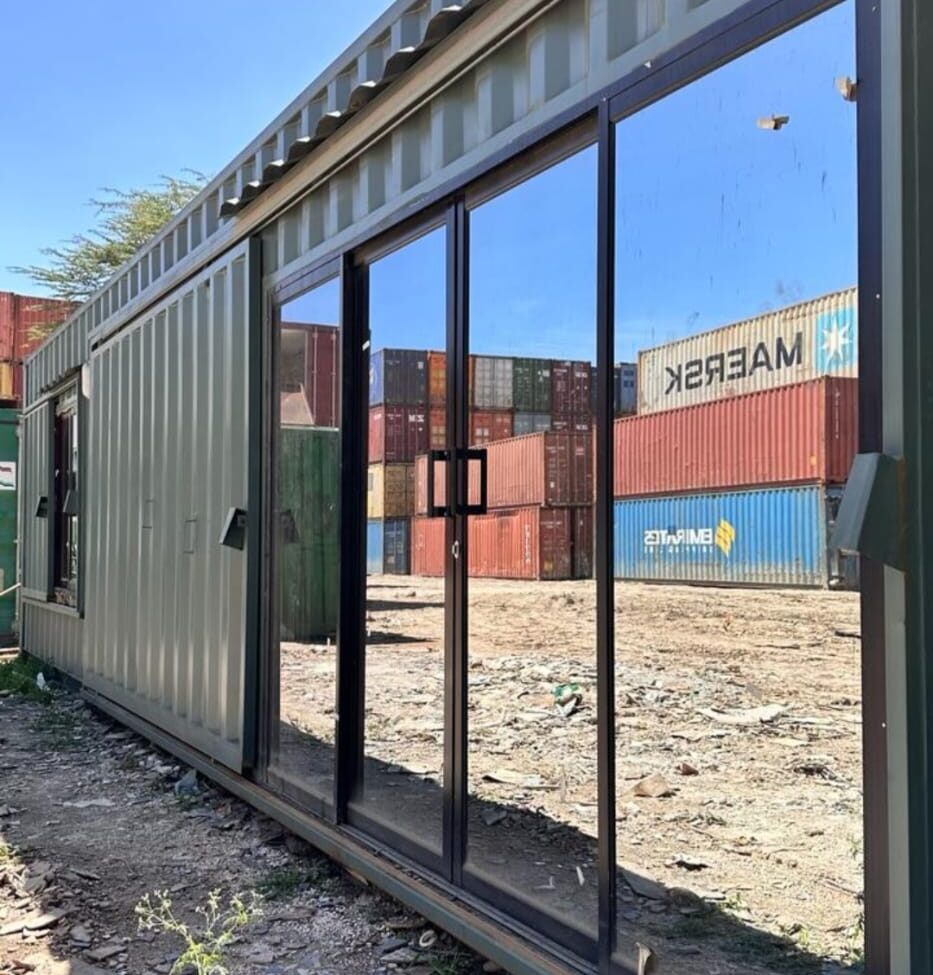Cold Storage Solutions in Kenya for Fresh Produce Businesses

Fresh produce in Kenya faces two major hurdles: spoilage during transport and unreliable storage. By adopting purpose-built cold-storage systems, growers, cooperatives and food traders unlock longer shelf life, higher market value and safer supply chains. This deep dive outlines how container-based cold storage works, the business value it delivers, and what to focus on when you engage your next project.
Why Cold Storage Matters for Kenyan Agri-Business
Post-harvest losses in Kenya for fruits and vegetables often exceed 30 % to 40 % due to lack of adequate cold infrastructure. SokoFresh+2SokoFresh+2 Proper cooling mitigates spoilage, sustains freshness, and widens market access — from Kenyan towns to export chains. A well-configured cold room or refrigerated container allows produce to ship farther or wait for better prices.
Exporters of avocados, mangoes, fish or dairy increasingly depend on reliable refrigeration to meet international standards. Cold storage also supports domestic markets by enabling vendors to stall longer, reduce loss and maintain quality. FreshBox+1
Container-Based Cold Storage: Why It Works
Using steel shipping containers or modular cold-rooms gives flexibility, mobility and durability. Here’s what makes container solutions especially smart in the Kenyan context:
- A converted container sits ready on-site, eliminating lengthy build times.
- Mobility allows relocation between farms or markets as needs shift.
- Strong steel structure stands up to Kenya’s varied climate and terrain.
- Modular systems scale up easily for growing business.
Manufacturers report that refrigerated containers can be deployed immediately and yield large storage capacity with consistent temperature control. Almar Container Group+1
Key Features to Get Right
Building or buying cold-storage demands attention to specific features to get full value. Here are the critical elements:
1. Temperature & Humidity Control
Different crops require different conditions. Horticulture may demand +2°C to +10°C with controlled humidity; dairy or fish may require sub-zero or chill conditions. Good suppliers design systems to hold these ranges precisely. Techwin
2. Insulation & Thermal Efficiency
High-density sandwich panels (PUR or PUF), good sealing, and energy-efficient compressors make big difference in operating cost and durability. Inspira Farms
3. Power & Backup Systems
Kenya’s power supply can be inconsistent. Incorporating solar, hybrid or battery-backup ensures the cold chain stays unbroken. Companies in Kenya already offer solar-powered modular cold rooms. SokoFresh
4. Location & Site Preparation
The container must sit on a firm base (concrete slab or equivalent), have good access for loading/unloading, and proper ventilation. The unit’s power and drainage must be prepared.
5. Monitoring & Maintenance
Temperature logging, remote alarms, proper door seals and regular servicing matter. Poor maintenance reduces life-span and increases risk of spoilage.
Business Value: What You Gain
Investing in container cold storage delivers measurable business benefits:
- Reduced loss: Less spoilage equals cost savings.
- Improved quality: Higher grade produce can fetch premium prices.
- Extended shelf life: Gives more time for transport, sale or export.
- Operational flexibility: Passive storage shifts into active supply chain support.
- Market access: Opens doors to farther markets that demand refrigerated handling.
Investments may appear sizeable up front, but the return comes from saved losses and higher sale prices. For example, some designs retrofit shipping containers for large-scale produce storage at significantly lower cost than traditional cold rooms. IIFIIR
Steps to Launch Your Cold-Storage Project
Here’s a roadmap for Kenyan fresh-produce businesses:
- Define your business case: What produce, what volumes, what shelf life target?
- Choose storage size: 20-ft or 40-ft container, modular cold room or combination.
- Select location: Farm gate, aggregation centre, market stall, export hub.
- Choose power solution: Grid, solar or hybrid based on site realities.
- Work with a trusted supplier: One who knows container conversions, refrigeration tech, Kenyan logistics.
- Prepare site: Concrete pad, drainage, power connection and access.
- Install, commission and train staff: Ensure monitoring and maintenance protocols.
- Monitor performance: Track energy use, spoilage rates, produce quality and cost savings.
✅ Ready to Build Your Cold Storage Solution?
Containers Living Kenya leads container supply and conversions across Kenya. We offer refrigerated (reefer) containers, custom cold-storage builds, and turnkey installations for farms, cooperatives, agro-exporters and vendors.
Call us today: +254 729 116875
Email: containerslivingkenya@gmail.com
Let’s design a cold-storage unit that protects your produce, cuts losses, and grows your business.